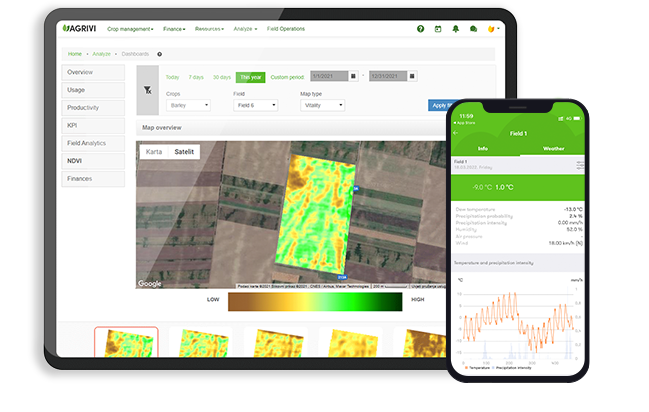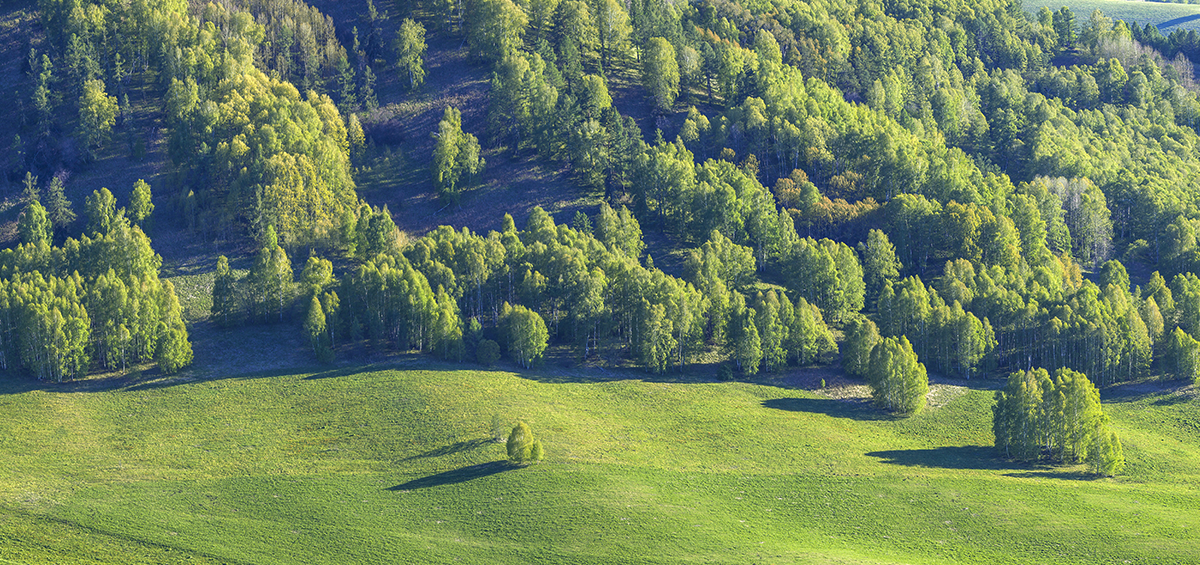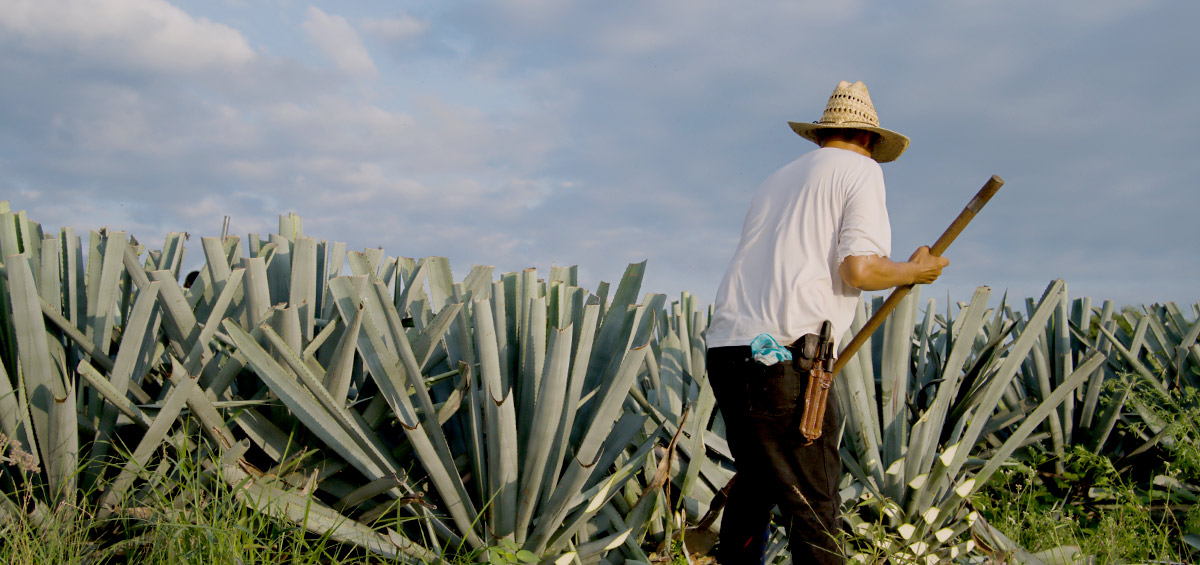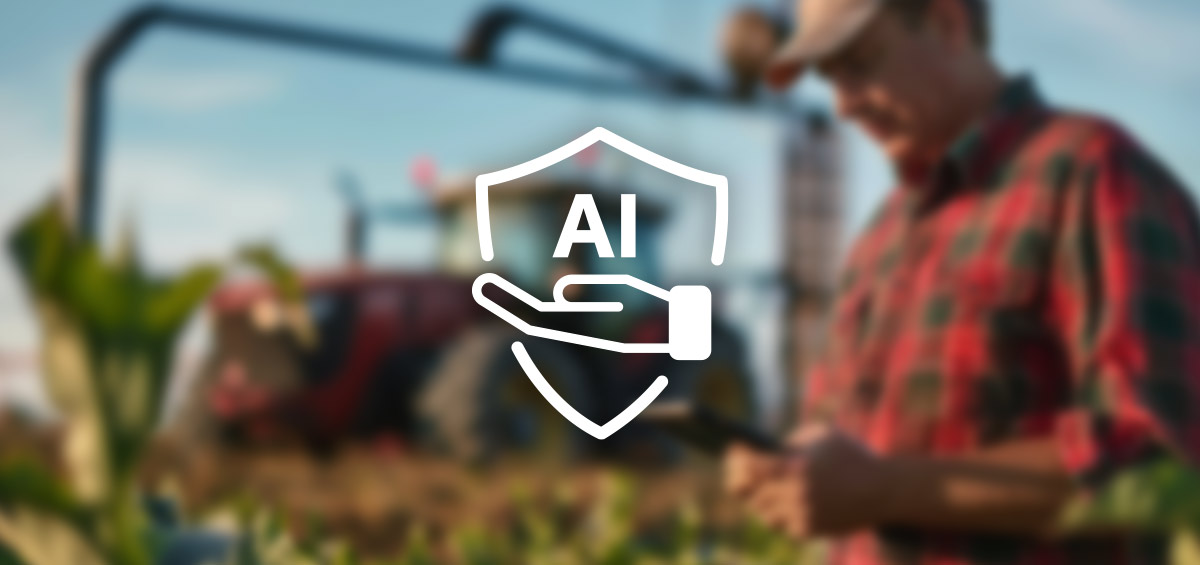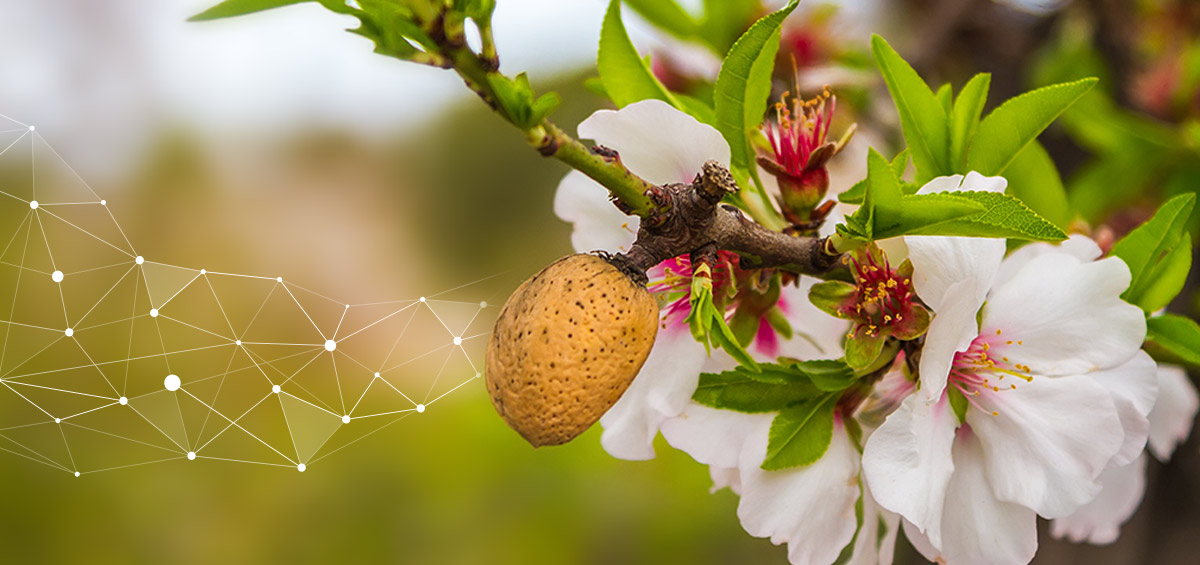Ten thousand years ago, 57% of the Earth’s habitable land was covered by forest. Since then, we have lost one-third of those original forestlands, the equivalent of about 4 billion hectares, roughly twice the size of the United States, to conversion to agricultural land.
And despite dire warnings of the negative environmental consequences of our shrinking forests, we continue to lose about 10 million hectares of forest each year, approximately the size of Panama. According to Our World in Data, three-quarters of the loss of forestland to date has been driven by agriculture, and now the world is predicted to add another 3 billion people over the next 60 years, consuming more food, more resources and ostensibly more forestland.
It is critical we find new ways to increase food production without destroying what forests the planet has left.
Table of Contents
The Food Chain and Deforestation
Deforestation rates and food security are locked in a vicious cycle.
The growing demand for more food is a significant driver of deforestation as farmers burn and slash forestland to open up more agricultural land. Yet, deforestation is a leading cause of the need for more food by contributing to climate change and global warming, thereby making growing food harder, reducing crop yields per acre and ultimately driving farmers to convert even more of our global forests into cropland.
Also, the global food system is fragmented and disconnected. This unfairly encourages deforestation in developing countries while developing countries reap the benefits without the immediate consequences. For instance, consumer demand for cheap beef in the United States has incentivized the illegal destruction of the Amazon rainforest to support more cattle production. So, while Americans blithely enjoy their cheap, fast-food hamburgers, the indigenous people living in areas like the Amazon and Southeast Asia ultimately suffer the negative consequences of losing their native forest habitat.
Even in countries with strict laws banning deforestation, the food supply chain demand is so high that settlers risk criminal exposure by converting forest to pasture or cropland, hoping that the land they occupy will lose protected status. They believe they can improve their livelihoods by becoming farmers, even if the risk is high. According to the Amazon Conservations Monitoring of the Andean Amazon Project in 2020, more than 860,000 hectares of forest were lost in the Amazon — 79% in Brazil, 7% in Peru and 6% in Columbia, almost all to illegal deforestation.
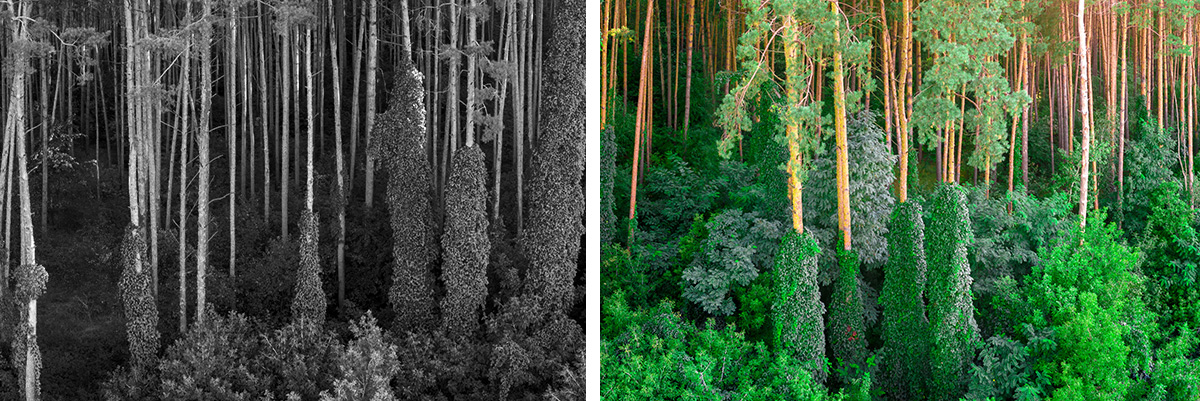
Deforestation
Effects of Deforestation on the Environment
Deforestation and forest degradation have multiple adverse effects on the environment.
Contributes to Climate Change
The destruction and burning of forests release carbon dioxide, a greenhouse gas emission, into the atmosphere. But perhaps even more critical, forestlands are a natural carbon sink. Trees absorb and store carbon dioxide while releasing oxygen. Deforestation is currently estimated to contribute around 10% of global warming, causing climate change effects.
Loss of Biodiversity
Forests are home to more than half of all the world’s land-based plants and animals. The loss of forest habitat endangers species and disrupts delicate plant and wildlife ecosystems.
Disrupts Weather Patterns
Forests, especially tropical forests, convert water at the soil level into moisture and cool the environment—deforestation and the accompanying land use change increase temperatures, which results in changing rainfall distribution and amount. A drier climate and even desertification typically occur after significant deforestation.
Soil and Water Pollution
Trees help the land absorb and retain water and contribute rich nutrients to the soil. When forests are destroyed, topsoil erosion occurs, destroying healthy soil, contributing to more extreme floods and ultimately polluting downstream watersheds and oceans.
Major Crop Contributors of Food Production to Deforestation
There are three main crops most closely linked to deforestation.
Cattle Ranching
The expansion of pasture land to support beef production is responsible for an estimated 41% of tropical deforestation, mainly in Latin America, with some deforestation occurring in Africa. Global beef consumption set record highs in 2021. The demand for beef is predicted to continue to rise, driven by rising incomes in developing countries and a shift toward higher protein, lower calorie diet choices.
Palm Oil
Palm oil plantations have driven about 5% of deforestation in tropical areas and contribute approximately 2.3% to global deforestation. Palm oil is a versatile and popular oil that supplies about 40% of the world’s vegetable oil demand and is found in nearly 50% of packaged products. While other crops can be used to produce vegetable oils – like soybean, coconut or sunflower – they aren’t as efficient to produce as palm oil, meaning even more land would have to be dedicated to oil production if palm oil plantations were eliminated.
Soy Production
Soy is another crop closely linked with forest destruction, especially in tropical South America. Soy is intertwined with the impact of beef on deforestation as soy is typically planted into former forest land following an interim period of cattle grazing. Studies found that soy directly converted 3.9 million hectares of forest in South America between 2001 and 2016 and had a delayed impact on converting an additional 4 million hectares. Also, soy is a primary animal feed source for meat and dairy products and is used for biofuels, industry and vegetable oils. The demand for soy is predicted to increase with growing global populations.
How to Increase Food Production Without Deforestation
With global populations increasing, the planet needs more food. But not at the expense of losing even more forestlands, a natural carbon sink critical to slowing down the effects of climate change.
But it’s not too late for farmers and the global food system to adopt solutions to preserve our remaining forestlands while increasing food production.
We can increase global agricultural production without accelerating deforestation by taking a multi-prong approach aimed at producing more food with fewer resources and better utilizing the food we do grow.
Reduce Food Waste
One-third of the food grown globally is wasted or lost, the equivalent of 1.3 billion tons per year and enough to feed an additional two billion people. Food is lost before it enters the supply chain. It becomes unmarketable from blemishes or damage, is not correctly stored or is left unharvested due to lack of labor. Food is also wasted on the retail and consumer side, rotting in fridges or uneaten after preparation.
Better Genetics
Giving farmers better genetics can help them produce more food while using fewer resources despite increasing challenges like pests, diseases and weather extremes. Traditional breeding programs and new genetic engineering techniques are developing more productive plant and livestock cultivars adapted to local conditions.
Improve Soil Health
Conservation practices, like cover cropping, crop rotation and no-till farming, improve soil health and reduce erosion and topsoil loss. A healthier soil microbiome contributes to more resilient and productive crops. It offsets the impacts of weather extremes while reducing the need for environmentally-degrading inputs like chemical fertilizers and weed and pest control.
New Strategies for Pest and Disease Control
A new strategy of ‘biological crop protection’ products are helping farmers combat pest and disease outbreaks. Biologicals are derived from naturally occurring micro-organisms, plant extracts and other organic materials. They may be pheromones that disrupt natural pest cycles, beneficial insects that control crop pests or naturally occurring micro-organisms that help plants better stave off disease. Combined with an integrated pest management (IPM) strategy, farmers are increasing yields and crop quality while reducing pesticide and chemical use.
Intensify Crop Diversity Within Systems
Farmers should move away from mono-crop production, instead interplanting crops that benefit each other and better utilize land resources in ways that help multiple crops or even support crops and livestock production. Not only does this equal more food from the same land base, but it creates more resiliency in case one crop suffers. For instance, silvopasture promotes adding nut or fruit-bearing trees to pasture land, providing shade and breaking up cold winds for livestock while producing a harvestable nut or fruit crop. Or, farmers may graze a recently harvested corn field with beef cattle to speed the break-down of harvest residue, add valuable nutrients to the soil and use the same land to raise a second crop (livestock) from the same land.
Precision Farming
Modern farming technology has enabled a precision farming revolution in the agricultural sector. Farmers are using data, mechanization and automation to farm more precisely, reducing the amount of fertilizer and pesticides used while maximizing crop yields and quality. They use new technology like satellite imagery, GPS-enabled mapping, auto-steer, and weather and soil sensors to farm more efficiently and profitably.
How Farm Management Software Can Prevent Forest Destruction by Increasing Food Sustainability
Farm management software, like AGRIVI, a top farm management software used by farmers and agribusinesses worldwide, can help prevent forest destruction by increasing food system sustainability and improving how much food is produced per acre, thereby reducing the demand for more agricultural land.
AGRIVI provides all the tools farmers need to manage every detail of their field and crop production, allowing them to optimize all possible solutions for intensifying their crop yields and quality. On the food system level, AGRIVI provides solutions for agribusinesses to streamline their operations, reduce food waste throughout their supply chain and identify areas agribusiness can help their farm providers increase their production per acre.
